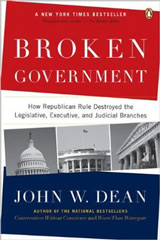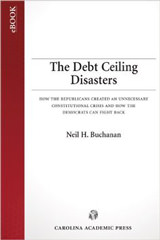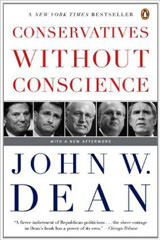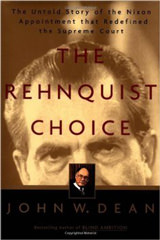Retired UC Berkeley Law professor Jan Vetter discusses the Supreme Court’s decision in Garland v. Cargill, which invalidated a regulation classifying bump stocks as machine guns, and examines the Court’s approach to statutory interpretation. Professor Vetter argues that the Court’s majority, led by Justice Clarence Thomas, took an overly narrow and literal interpretation of the statute, neglecting to consider legislative intent and the broader purpose of the law, and he suggests that judges should act more as partners with the legislature in interpreting statutes to achieve their intended policy goals.
Cornell University law professor Michael C. Dorf explains why, if Congress wants to ban or further regulated the sale of “bump stocks,” it should act quickly or risk missing the window in which regulation is possible. Dorf points out that the test the Supreme Court uses for whether weapons count as “arms” protected by the Second Amendment is whether they are in “common use,” not whether they are “dangerous and unusual weapons.” Dorf argues that so long as bump stocks remain legal, people can accumulate them, and if enough people do that before they are banned, there could be so many in circulation as to qualify as in common use, thereby falling within the scope of Second Amendment protection.

























